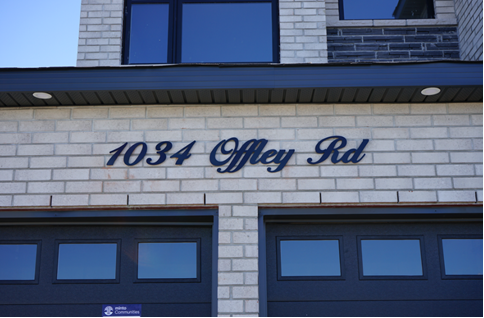Different Tap washers and Required Mainitance
In time, the taps in your kitchen or bathroom begin to leak. This is not a huge problem. The most likely cause for this leak is that the washer is worn out. The water dripping from faucets is definitely not acceptable. It can also use up a lot of water. It is necessary to replace it immediately.
It is crucial to understand the different types of taps that you are using. Different types of taps require different types of maintenance and repair then understand how to change a tap washer.For instance, supataps have washers that are different from regular taps, non-rising, and rising taps are the same types of washers, however, and they differ in their components.The most complex bidets and mixer tap sets come with specific types of washers.Washers come in various types such as Supatap washers’ joint washers; gland O-rings for non-rising spindle taps and rising spindle taps; 1/2inch and 3/4 inch in plastic washers. They are also used to fit mixer tap sets, and spare jumpers to raise spindle laps.
If you see waterlogged areas on your property or property, sewage smells or gurgling noises from the drain, an overflow in plumbing fixtures, or slow fixture drains, then you might be experiencing drainage and plumbing problems that indicate trouble for any commercial or home establishment. Most of the time, it is the waste disposal system of your property that is the reason these warning signs are evident. However, it is impossible to find the root of the issue without further investigation. It is essential to determine the source of the issue and then contact a reliable drain plumbing services, which can assist in fixing or resolving the issue.
Changing a Tap Washer
In the beginning, shut off the supply of water to the tap. The tap should be opened so that the water from the pipes is released. If you have an older cross-head taps switch it on completely and remove the cover. If there is a requirement of a spanner, cover the cover in a cloth to shield damage. Covers that are old often require fluid to allow for a smooth opening. Make use of penetrating oils for those covers. The rest of your tap is safe by securing it with a spanner. this will prevent it from rotating when you take off the cover.

There is a nut inside the cover. Make use of a thin, open-ended spanner to take out the nuts. If you are in a position to not unlock the nut using spanners easily, you can remove the head that crosses the tap to gain greater access. It is usually secured with a grub screw. It is possible to use penetrating oils for the removal of the screw. If you have shrouded taps on your head you can simply take the head off and you’ll be able to notice the nuts. The head can be removed by taking it off or fixed by hiding a screw under the cap that is located at the top.
Unscrew the nuts and take them off from the mechanism at the top of the tap. There will be an elongated washer on the bottom fixed in place with or without the bolt. If the spindle tap is rising, you might need to replace the entire switch If you are unable to take off the nut. Similar to spindle taps that are not rising. It is the possible replacement of the whole mechanism or just a portion of it. Petroleum grease or jelly at joints. This can help in the future, should you need to take down the faucet at any point.
Core Grounds of Drain Ineptitude
Issues with plumbing like poor venting, incorrect installation of drains, or problems with the fixture itself can lead to issues with drains. If the drain you have been working perfectly, but it has now become extremely slow, then it could be that there is a problem with the vent system, or a drainage blockage or waste has formed. If your home is connected to a septic system that is private, it’s possible it is that all the system has become in a state of failure or blockage.




